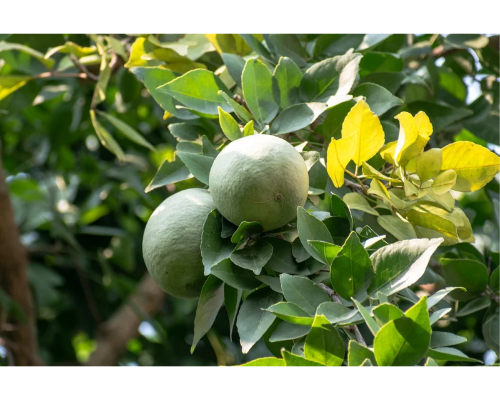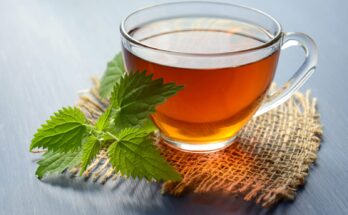Bael holds a significant place in India’s indigenous culture. It is a woody fruit, smooth in texture, and measures between 5 to 15 cm in diameter. Inside, numerous seeds are embedded in its thick, fragrant pulp. The fruit can be consumed either fresh or dried.
Religious and Cultural Significance
Bael is mentioned in the Yajur Veda and is commonly found near temples. It is considered sacred in Hindu traditions, and its leaves are frequently offered to Lord Shiva, who is believed to reside beneath the bael tree.
Nutritional and Medicinal Value
Bael fruit is rich in essential minerals and vitamins. A sherbet made from its pulp is packed with vital nutrients that promote overall health. However, the sherbet should be consumed slowly, in a thick and syrupy consistency, to aid digestion. Drinking it too quickly may cause a feeling of heaviness in the stomach. Overconsumption of bael can also lead to gastric discomfort.
Ancient Sanskrit medical texts, such as the Charaka Samhita, document the medicinal properties of bael. Various parts of the tree, including its stem, bark, roots, leaves, and fruit, possess healing properties and are widely used in traditional medicine.
Health Benefits
The ripe fruit is known for its aromatic fragrance and is valued as a natural astringent, coolant, and laxative. Meanwhile, the unripe or half-ripe fruit acts as an astringent, stimulates appetite, and serves as an antiscorbutic, helping to prevent scurvy caused by vitamin C deficiency.
Regular consumption of ripe bael fruit is highly effective as a natural laxative, helping to cleanse and tone the intestines. When taken consistently for two to three months, it can facilitate the elimination of accumulated waste from the body. The best way to consume it is as a sherbet made from its pulp. The shell is broken open, seeds are removed, and the pulp is sieved. Adding milk and a little sugar enhances its taste. For an adult, around 60 grams of ripe pulp, consumed without any additives, is usually sufficient.
On the other hand, unripe or half-ripe bael is considered one of the best remedies for chronic diarrhea and dysentery, provided there is no fever. The most effective form is dried bael or its powdered version. To prepare, green bael fruit is sliced and sun-dried. The dried slices are then ground into a fine powder and stored in airtight containers. Additionally, unripe bael can be baked and consumed with jaggery or brown sugar for improved digestion.
Although bael may not be as effective in acute dysentery cases where blood and mucus are present, its powdered form is often recommended for relief.
Medicinal Oil from Bael Leaves
A special medicated oil made from bael leaves can help alleviate recurrent colds and respiratory issues. To prepare this oil, fresh bael leaf juice is mixed with an equal amount of sesame oil and heated thoroughly. Black pepper seeds and half a teaspoon of black cumin are then added to the hot oil before it is removed from the heat and stored for use. Regularly massaging a teaspoon of this oil into the scalp before a head bath can help strengthen the body’s resistance against colds and coughs.
Bael fruit and its derivatives have long been valued for their sacred significance and remarkable health benefits, making it a cherished part of India’s traditional medicine and spiritual practices.





Your ability to distill complex concepts into digestible nuggets of wisdom is truly remarkable. I always come away from your blog feeling enlightened and inspired. Keep up the phenomenal work!.
Very instructive and wonderful structure of content material, now that’s user genial (:.
I like this website because so much utile material on here : D.
Very interesting information!Perfect just what I was searching for!
I was recommended this website by my cousin. I’m not sure whether this post is written by him as no one else know such detailed about my difficulty. You’re wonderful! Thanks!
You have mentioned very interesting points! ps nice web site.
I view something genuinely special in this site.
It’s actually a nice and useful piece of information. I am glad that you shared this helpful info with us. Please keep us up to date like this. Thank you for sharing.
It?¦s really a great and useful piece of info. I?¦m glad that you shared this helpful info with us. Please stay us informed like this. Thank you for sharing.